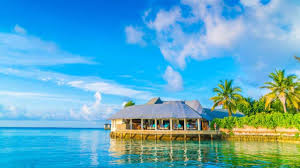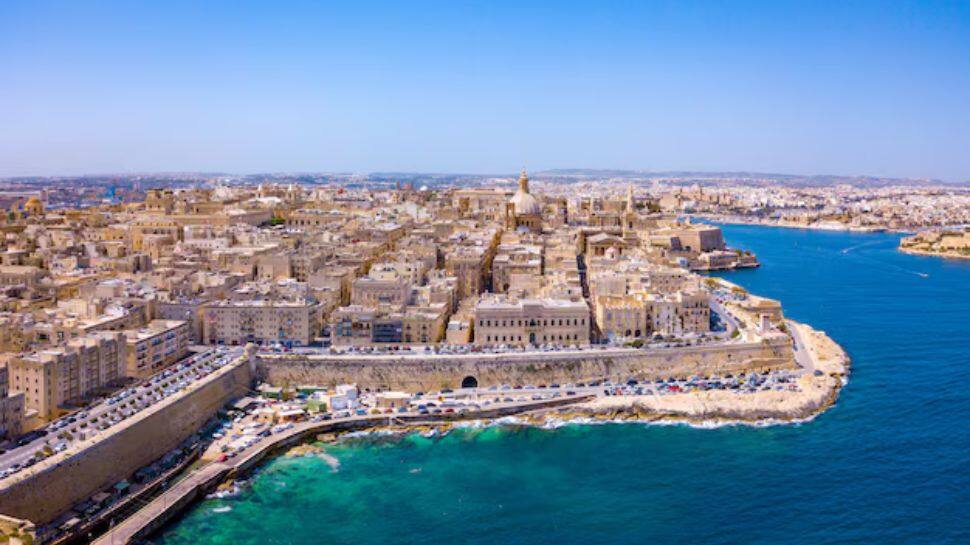When we think of countries rich in culture and tradition, large nations with long histories often come to mind. Yet some of the world’s smallest countries—measured by land area—have an outsized influence thanks to their unique customs, heritage, and vibrant traditions. Despite their tiny size, these nations showcase how culture is not measured in square miles but in depth and richness.
Here are seven of the smallest countries in the world that are celebrated for their culture and tradition.
1. Vatican City – The Spiritual Capital of the Catholic World

- Area: 0.49 sq. km
- Why It’s Famous: Vatican City is the smallest independent state in the world, but its cultural and spiritual impact is immense. As the seat of the Pope and the headquarters of the Roman Catholic Church, it draws millions of pilgrims annually.
- Traditions: Religious ceremonies such as Easter Mass at St. Peter’s Basilica and Christmas Eve services are globally significant. The Vatican’s art and architecture—Michelangelo’s Sistine Chapel ceiling and Bernini’s St. Peter’s Square—reflect centuries of cultural legacy.
2. Monaco – Glamour Meets Heritage
- Area: 2.02 sq. km
- Why It’s Famous: Known for luxury, the Monte Carlo Casino, and the Monaco Grand Prix, this microstate on the French Riviera is also rich in tradition.
- Traditions: Monaco maintains a strong maritime heritage and is deeply tied to the ruling Grimaldi family, whose legacy has shaped local customs for centuries. National Day celebrations, featuring parades and fireworks, highlight the blend of old traditions and modern elegance.
3. Nauru – The Island with Ancient Traditions
- Area: 21 sq. km
- Why It’s Famous: Often overlooked, Nauru is the world’s third-smallest country. Despite its tiny size, it has a unique Polynesian-Micronesian culture.
- Traditions: Traditional dances and storytelling remain central to Nauruan life. Weaving, fishing, and the preparation of coconut-based foods preserve age-old customs passed down through generations.
4. Tuvalu – A Pacific Treasure
- Area: 26 sq. km
- Why It’s Famous: Tuvalu, one of the smallest island nations, is located in the South Pacific. While facing modern challenges like rising sea levels, its culture remains vibrant.
- Traditions: Music and dance are vital to Tuvaluan identity, especially the “Fatele,” a traditional performance combining rhythmic clapping, singing, and storytelling. Handicrafts made from coconut fibers also reflect the islanders’ connection to nature.
5. San Marino – Europe’s Ancient Republic
- Area: 61 sq. km
- Why It’s Famous: Founded in A.D. 301, San Marino is considered the world’s oldest republic still in existence. Its small size belies its rich history and political traditions.
- Traditions: Annual medieval festivals, such as the Crossbow Tournament, keep centuries-old customs alive. San Marino’s governance system, with two Captains Regent elected every six months, is a tradition unique to the country.
6. Liechtenstein – Alpine Heritage in Miniature
- Area: 160 sq. km
- Why It’s Famous: Nestled between Switzerland and Austria, Liechtenstein is known for its breathtaking alpine scenery and strong cultural identity.
- Traditions: Folk music, yodeling, and alpine festivals remain central to Liechtenstein’s heritage. National Day, celebrated on August 15, brings citizens together for cultural performances, fireworks, and even an open invitation to the prince’s castle gardens.
7. Malta – A Crossroads of Civilizations

- Area: 316 sq. km
- Why It’s Famous: While slightly larger than the others on this list, Malta is still among the world’s smallest nations. Located in the Mediterranean, it has been influenced by countless civilizations, from Phoenicians to Romans, Arabs, and the British.
- Traditions: Malta is renowned for its village “festas,” colorful religious celebrations with fireworks, music, and food. Maltese cuisine, blending Mediterranean and Middle Eastern flavors, also reflects the nation’s multicultural heritage.
Final Thoughts
These seven small nations prove that cultural richness doesn’t depend on landmass. From the religious significance of Vatican City to the traditional dances of Tuvalu and the Mediterranean festivals of Malta, each of these countries preserves unique traditions that continue to thrive in the modern world.
Their stories remind us that even the tiniest corners of the globe can hold immense cultural treasures—worth celebrating, protecting, and experiencing firsthand.






